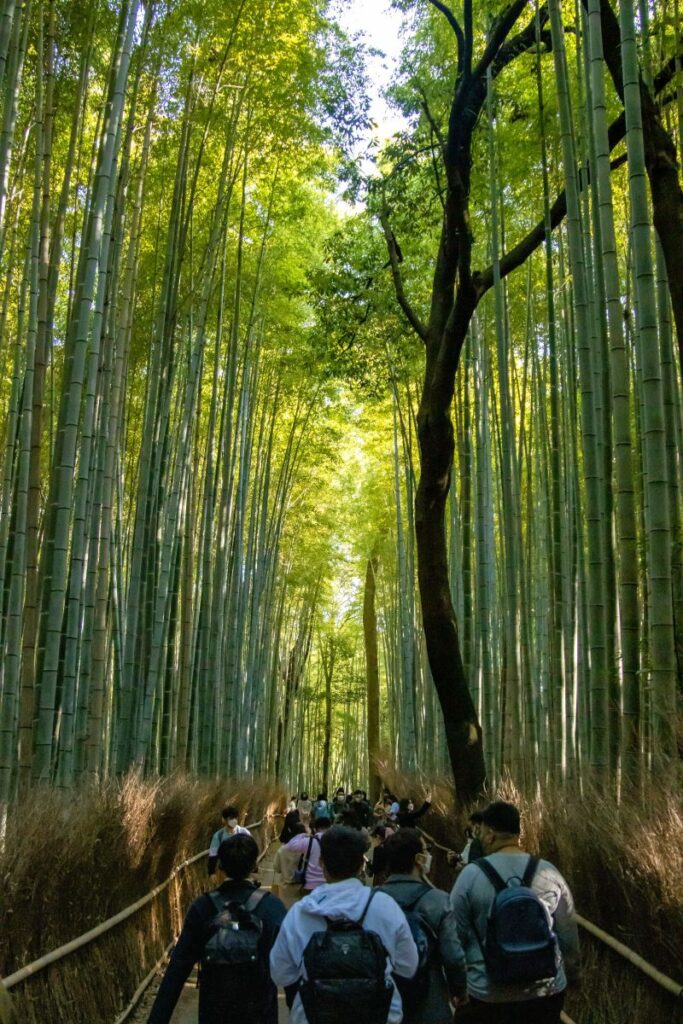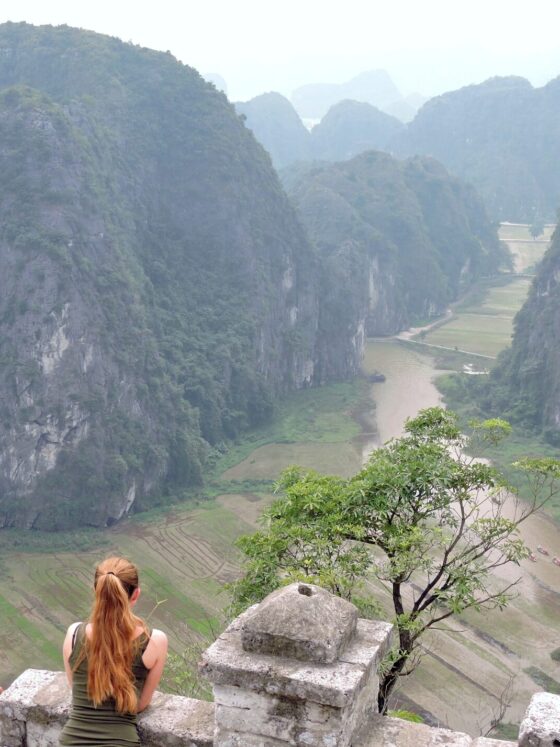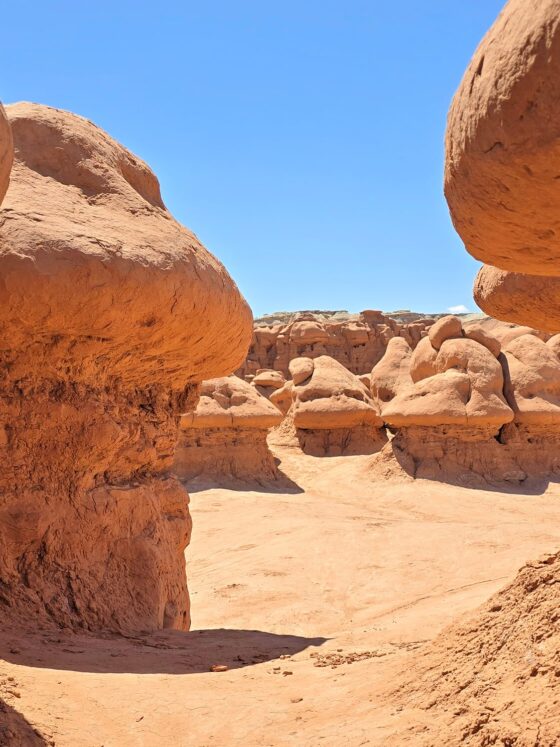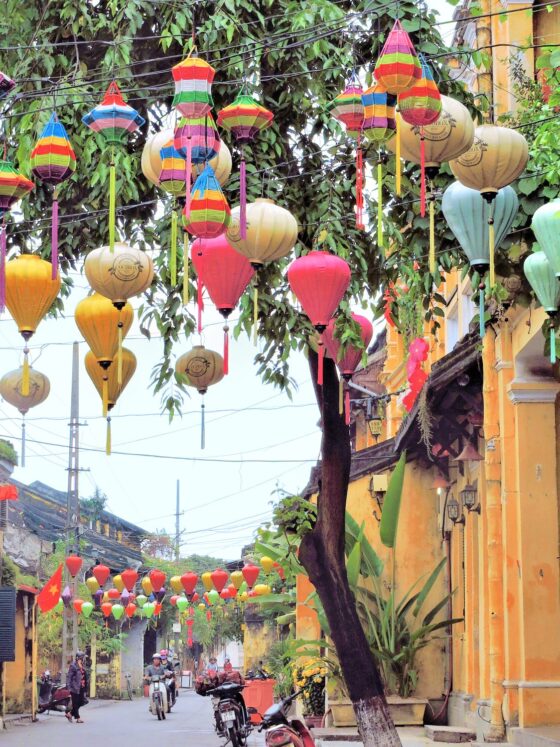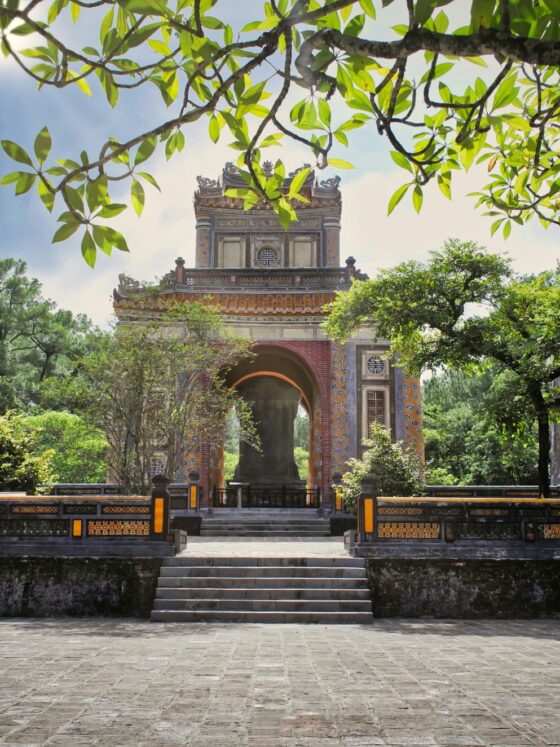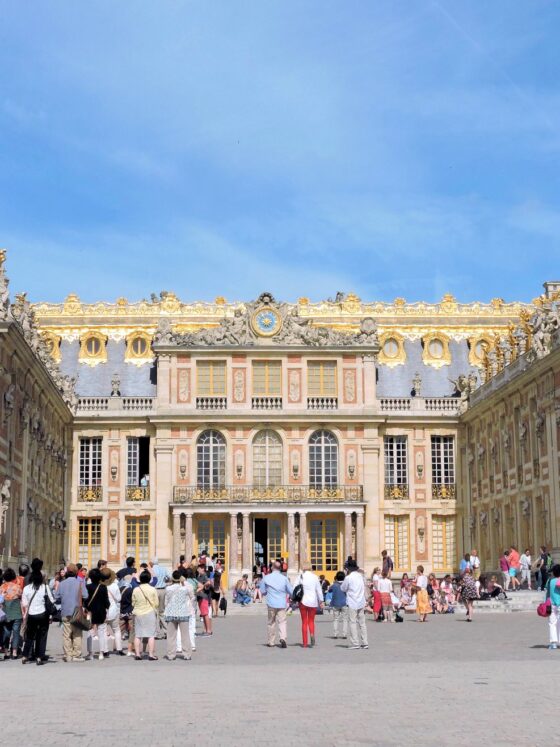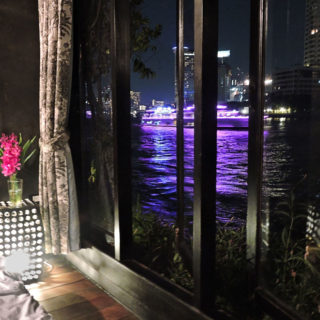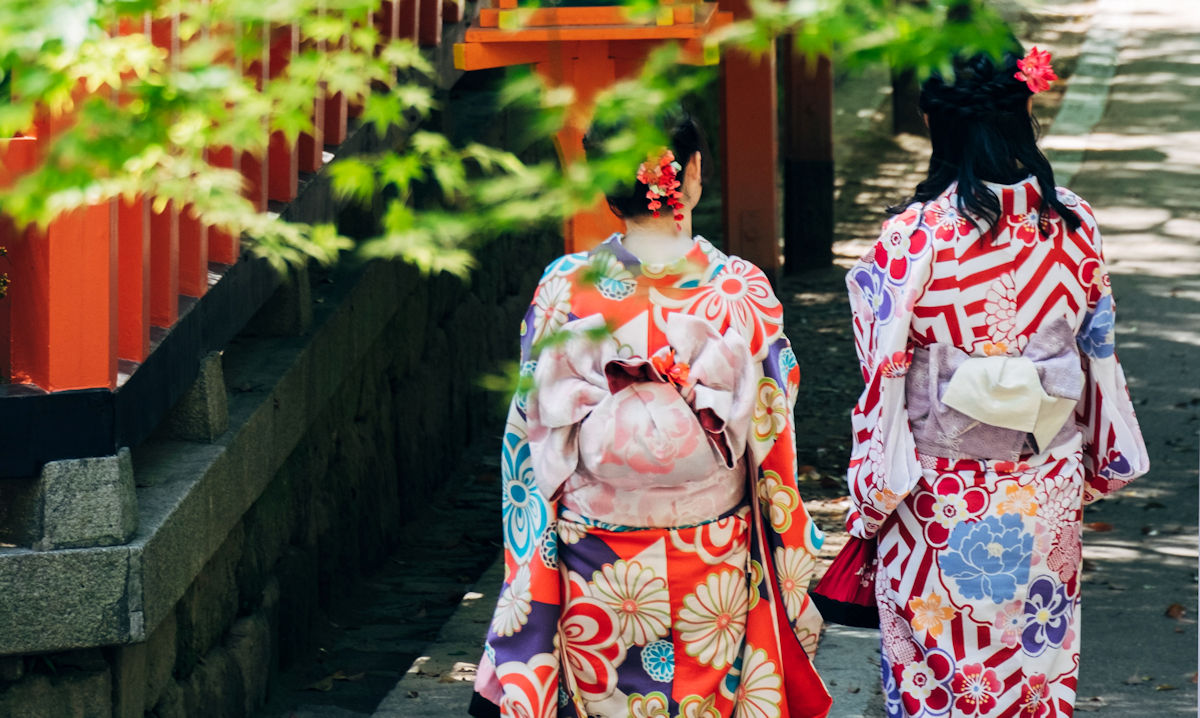Where to Stay:
For Tokyo
When it comes to choosing accommodations in Tokyo you definitely want to be near a metro or train station of some sort. You don’t want your only transportation option to be an expensive taxi stuck in traffic. Specifically, my top recommendation would be to stay near a station on the Yamanote line.
Deciding which station on the Yamanote line works best for you will depend a lot on which airport you’re flying into.
Tokyo has two major international airports, Narita Airport and Haneda Airport.
Narita Airport
If flying into Narita the best way to get to Tokyo is with either the Skyliner (train) or Narita Express (train). Taxis from Narita aren’t a great option; they take over twice as long and can cost anywhere from twice to four times as much (depending on how many people you’re traveling with).
All Narita Express trains go direct to Tokyo Station (and a few of them also continue on to Shingawa, Shibuya, etc..). The Skyliner takes you to Nippori station and Keisei Ueno station. My overall recommendation if flying into Narita Airport is to take the Narita Express and stay near Tokyo Station. You can connect with several metro and rail lines at Tokyo Station and there are a lot of accommodations within walking distance. They range from pricey five star hotels to more budget friendly options.
My runner up recommendation is to take the Skyliner and stay near Nippori Station. Nippori Station is on the JR Yamanote line and while it’s slightly further away from Shibuya Station (about 30 minutes on the Yamanote) you’re right next door to Akihabara aka “electric city” and very near Sensoji Temple. Furthermore there are some solid hotel options within walking distance.
*If you have the option when booking your flight I recommend flying into Haneda Airport instead of Narita. It is closer to Tokyo.
Haneda Airport
When flying into Haneda Airport the top options for getting to Tokyo are either the Tokyo Monorail, the Keikyu Airport Line(express not regular), or because Haneda is so much closer to Tokyo than Narita, a taxi from Haneda is also a fine option.
My overall recommendation if arriving at Haneda Airport is a little more difficult but I’d say keep it simple, skip the monorail, take the Keikyu Express and stay near Shingawa station. But if simple sounds boring and you want more options, the Keikyu Express continues on from Shingawa to Asakusa station which has some cool places to stay and, of course, it’s feasible to take a taxi from Haneda to many more places. Just make sure you choose an accommodation near a station, preferably a station that serves both the JR Yamanote and a metro line for the best sightseeing options.
View My Post: Considerations to Keep in Mind when Choosing where to Stay.
When to Go:
Many consider the spring, from March to May, to be the best time to visit. With mild weather and the cherry blossoms blooming, it can also be a crowded time to visit. June to the middle of September it heats up a bit. This is also the rainy season so it can become quite humid. September to November temperatures start to cool back down and the maple trees and fall foliage turn shades of orange and red. December to February brings winter snow to the mountains. See my post: Japan In Winter.
View My Page: Country Essentials – Japan, for month by month weather averages.
What to Take:
Make sure you leave space in your suitcase (or bring a packable duffel) so you can bring cool momentos back with you.
View My Post: Packing Checklist
Sightseeing:
More and more of the world’s most famous sights are implementing timed entry options or requirements.
In Japan some sights and experiences not only require pre-booking, they book up months in advance, while others don’t have any booking requirements or even an entrance fee.
The following are just a handful of Japan’s most famous sights, starting with those that have pre-booking or timed entrance requirements, followed by those that have free and/or unreserved access.
Mt. Fuji
An iconic symbol of Japan, Mt. Fuji is an active volcano and a sacred pilgrimage site in Japan. Hiking Mt Fuji requires booking a time slot in advance and an entrance fee.
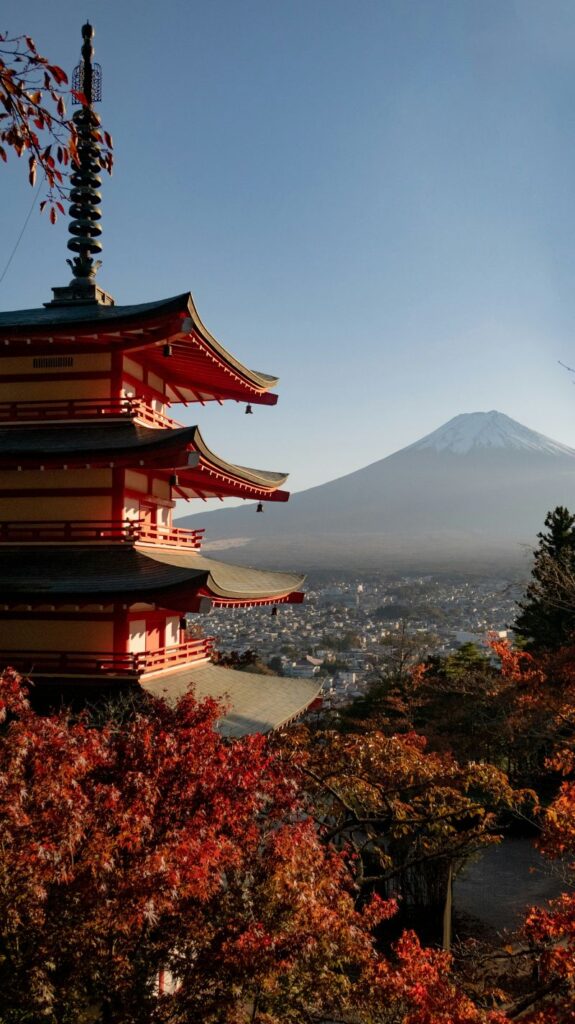
Kirby or Pokémon Cafes
While these specialty cafes may have less widespread popularity than some sights, if they are of interest to you, they apparently book up a month in advance. Kirby Cafe opens reservations for the following month on the 10th of each month. Reservations must be made online and promptly sell out. Pokémon Cafe also opens booking a month in advance and is likewise full soon after.
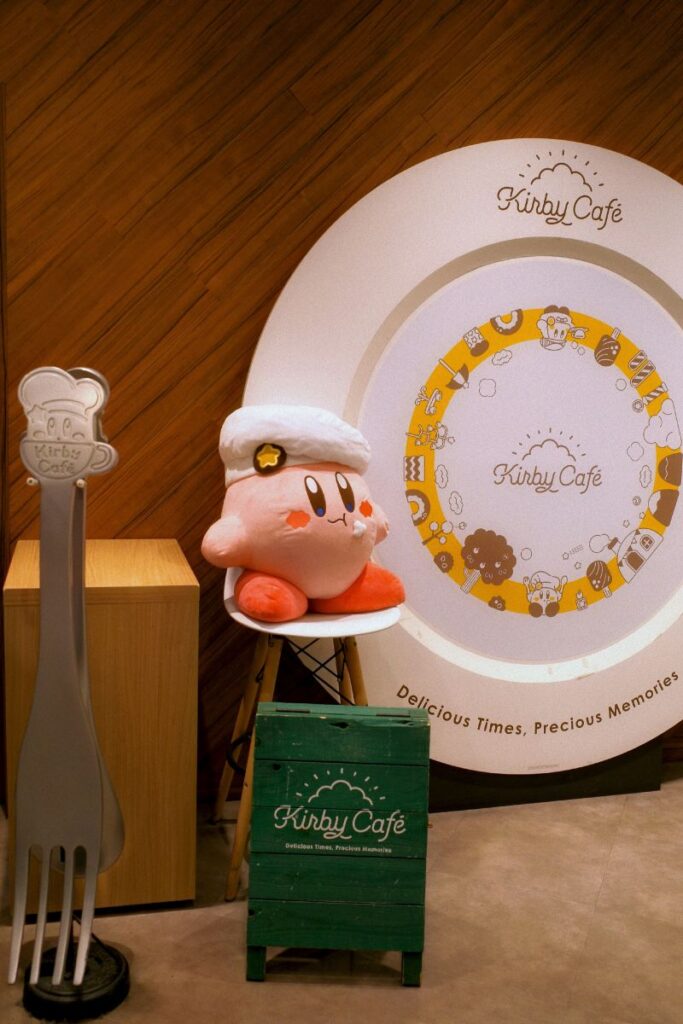
Ghibli Museum, Tokyo
The Ghibli Museum is another niche attraction. I’m not very familiar with Ghibli Studios animation myself, but I know people who are fans. Admission to the museum is only by advance online reservation and reservations sell out soon after becoming available.
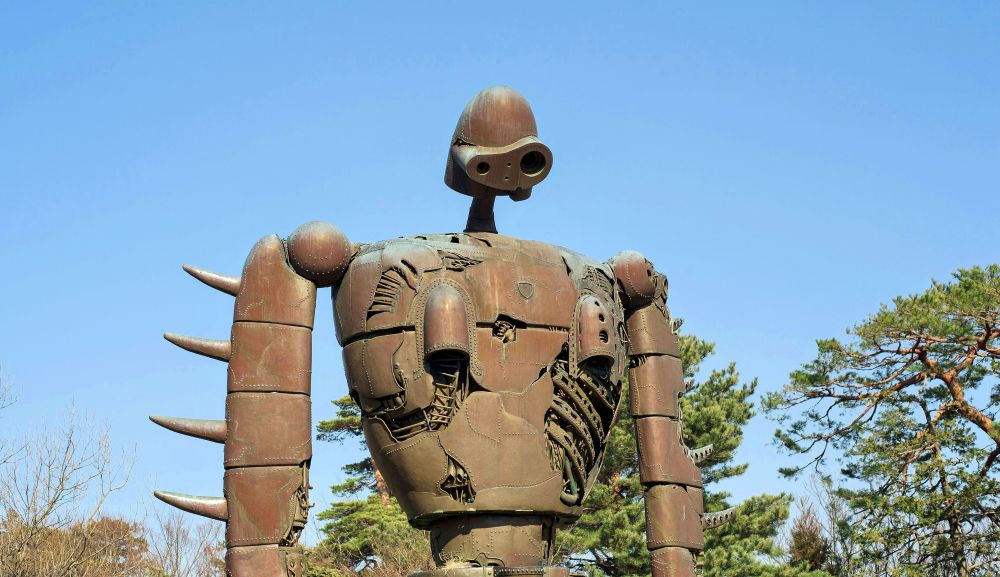
Sumo Wrestling Tournament
Six tournaments are held in Japan each year, three of which are in Tokyo. Tournaments last 15 days and each ticket is for one specific day of the tournament. Tickets go on sale about one to two months prior to the tournament and they do sell out.
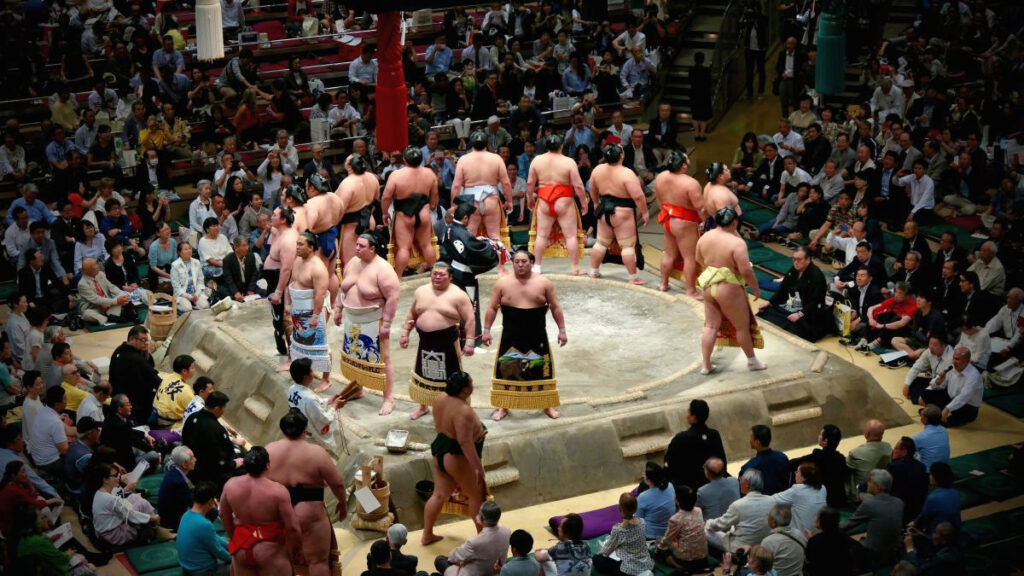
Fushimi Inari Shrine
Thousands of Tori gates line a pathway up the slopes of Mount Inari. There is no entrance fee and it can get extremely crowded. It is often recommended to go as early as the sun rise. The Fushimi Inari Shrine is open all hours, but do note the shops and eateries that line the rear thoroughfare approach to the entrance do not open until much later in the morning.
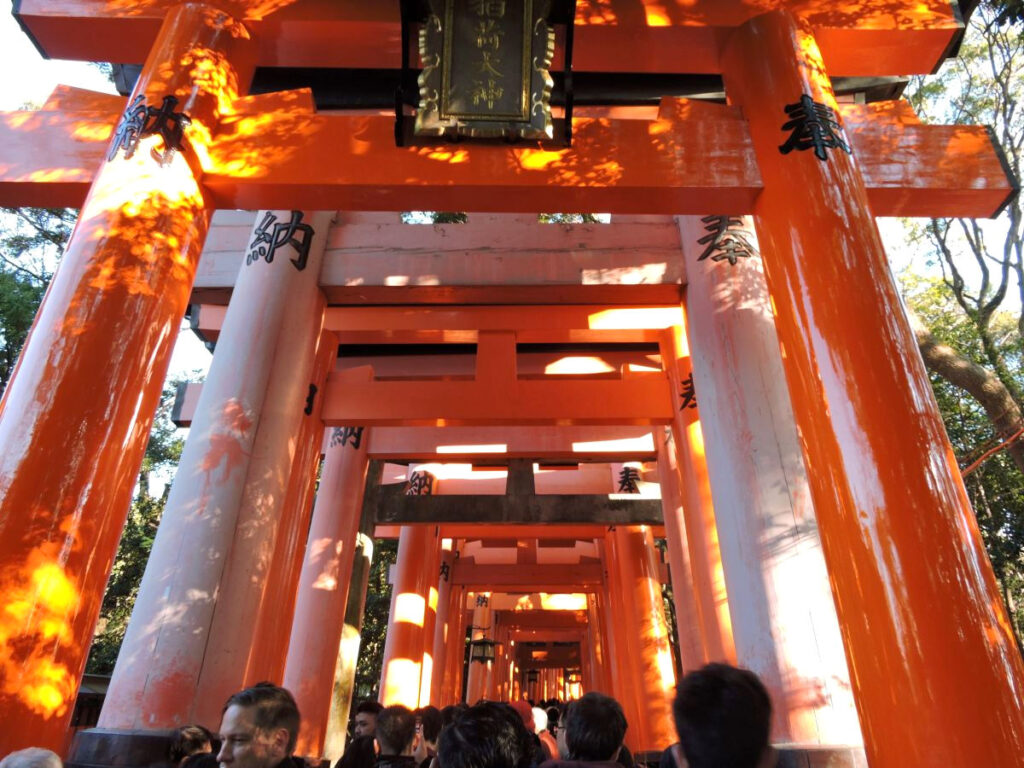
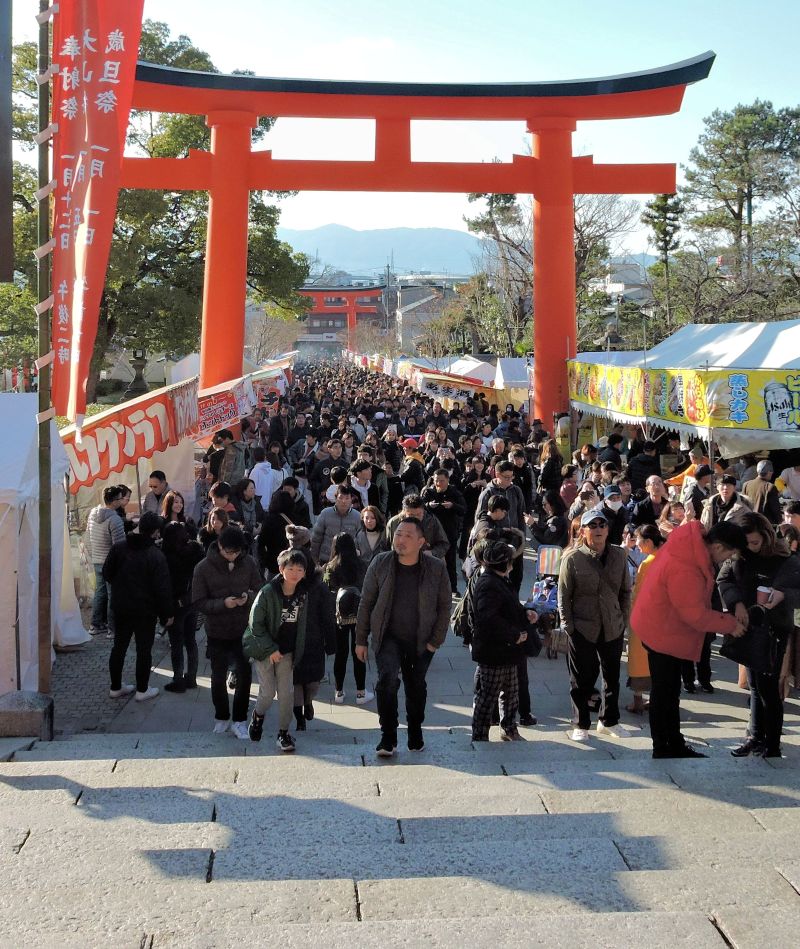
Arashiyama Bamboo Grove
Several pathways meander through the Arashiyama Bamboo Grove. Entrance is free and it does get crowded. There are also several parks and temples along the outskirts of the bamboo grove, while some of these are likewise free others have small entrance fees.
